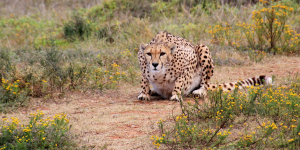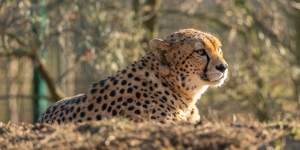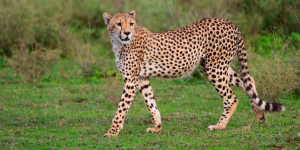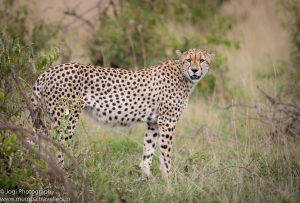Information
General Information
Kuno National Park is located in the Vindhyan Hills in Central India. The state where the park is based is in Madhya Pradesh. The Park was formed in 1981. There are other names associated with Kuno National Park. They are Kuno Palpur Sanctuary and Palpur Kuno Wildlife Sanctuary. It achieved National Park status in 2018. The Park falls in the dry-deciduous forest ecoregion.
In the year 1991, the government was in conversation to implement the Asiatic Lion project there. It would aim at making India a stronghold for Lion conservation, after Gir, in Gujarat. However, things were not that easy. The prey base, weather, vegetation, and habitat were a matter of concern for Gir Lions. The shortage of prey base in Gir, paved the way to declare Kuno as a protected area. The core sanctuary area is 350 sq. km out of 900 sq. km area. The Asiatic Lions from Gir will be the first inhabitants of Kuno.
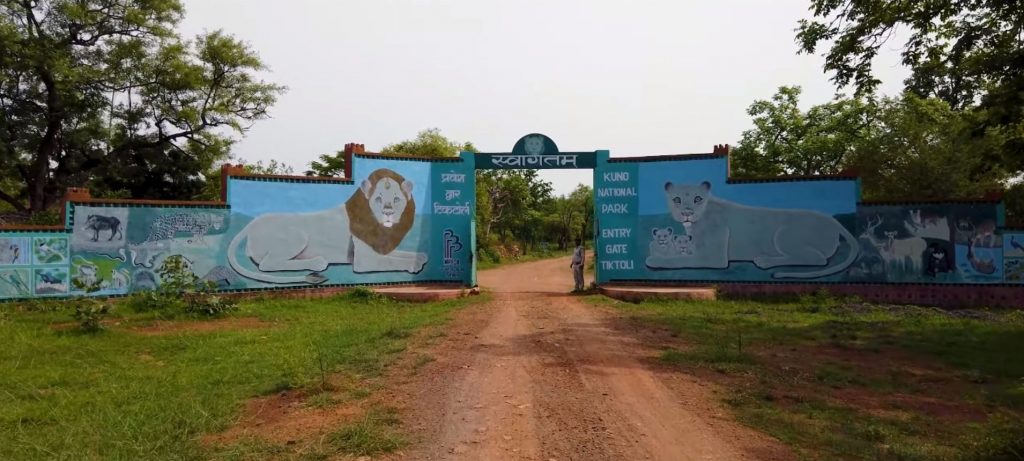
In the process many of the inhabitants, mostly the Saharian tribes were relocated elsewhere. The other inhabitants included the Yadavs, Kushwahas, and the Gujjars. The place is full of ancient forts that are in ruins today. Lush green vegetation comprising ‘Khair’, ‘Kardhai’, and ‘Salai’ trees dominate. The dense jungle with an abundance of flora, paves the way for birds to migrate. The Kuno River flows silently through the forest. Thus, giving the name ‘Kuno National Park’. The other animals that inhabit Kuno National Park are the Indian wolf, the Indian leopard, monkey, and nilgai.
Cheetahs will be re-introduced into Kuno National Park in November, 2021. The Cheetah is not found in India at present. Moreover, the country, India’s last Cheetah died in the year 1947. The Cheetah is a vulnerable animal according to IUCN’s Red List. The Cheetahs will be brought from the African Savannahs. The Project Cheetah Madhya Pradesh will add to the attraction of the park, along with Asiatic-Gir Lions. Let us witness the revitalization of Kuno National Park.
Recent Posts
Cheetahs Protection Is The Responsibility Of India, More Than 1000 Dogs Got Anti-Rabies Shots
Cheetah translocation forms part of a dream project of Indian wildlife experts. However, it is the responsibility of the team members of Kuno National Park to take appropriate care of...
Read MoreKuno Decides Electrifying The Fence To Keep The Leopards Away From Cheetah
Although cheetahs and leopards belong to the same category of mammals, the two types can be ferocious when brought together. Thus, there is always a chance that the existing leopards...
Read More12 Cheetahs Are Going to Land In India From The South-African Forests
Spotted cats are getting extinct day by day in India. Therefore, a new project has been planned to introduce some new members to the Kuno National Park Cheetah family. The...
Read MoreSeptember 6 Marks Arrival of South Africa Team With Cheetahs For Kuno Palpur Sanctuary
The time for the arrival of the much-awaited animals to India is coming near. The tentative date for the arrival of the South Africa expert team is 6th September 2022....
Read MoreYour MP Wildlife Safari Is Just One Call And Click Away..!!!
All wildlife safaris in MP are set to resume from September. Isn’t that great news? Madhya Pradesh has numerous national parks and reserves, that beckon the wild at heart. Bandhavgarh,...
Read MoreMany people confuse the cheetah with the leopard, and vice versa. Are you one of them? There are both big cats, but there are a few differences between them. Before you head for...
Read More
